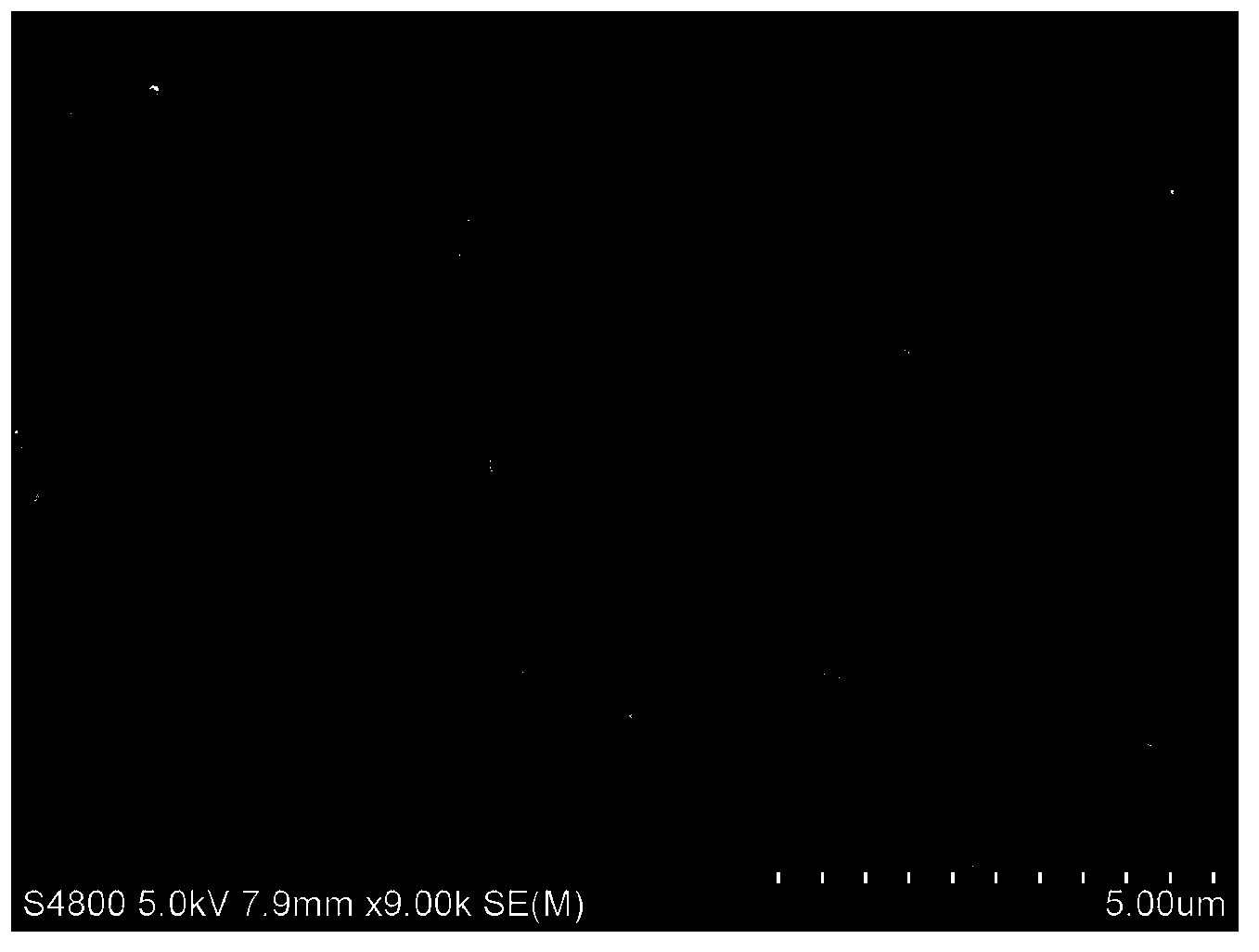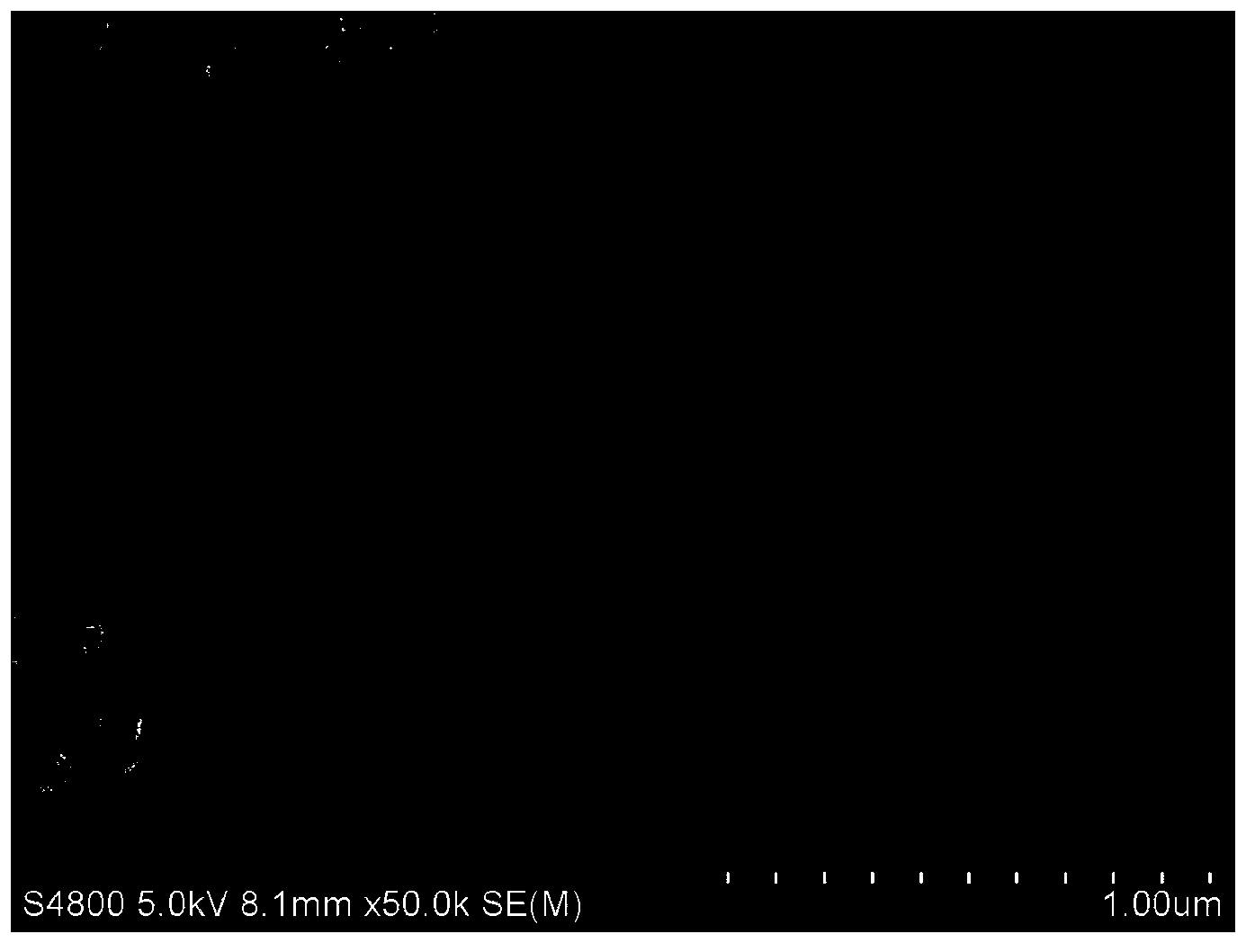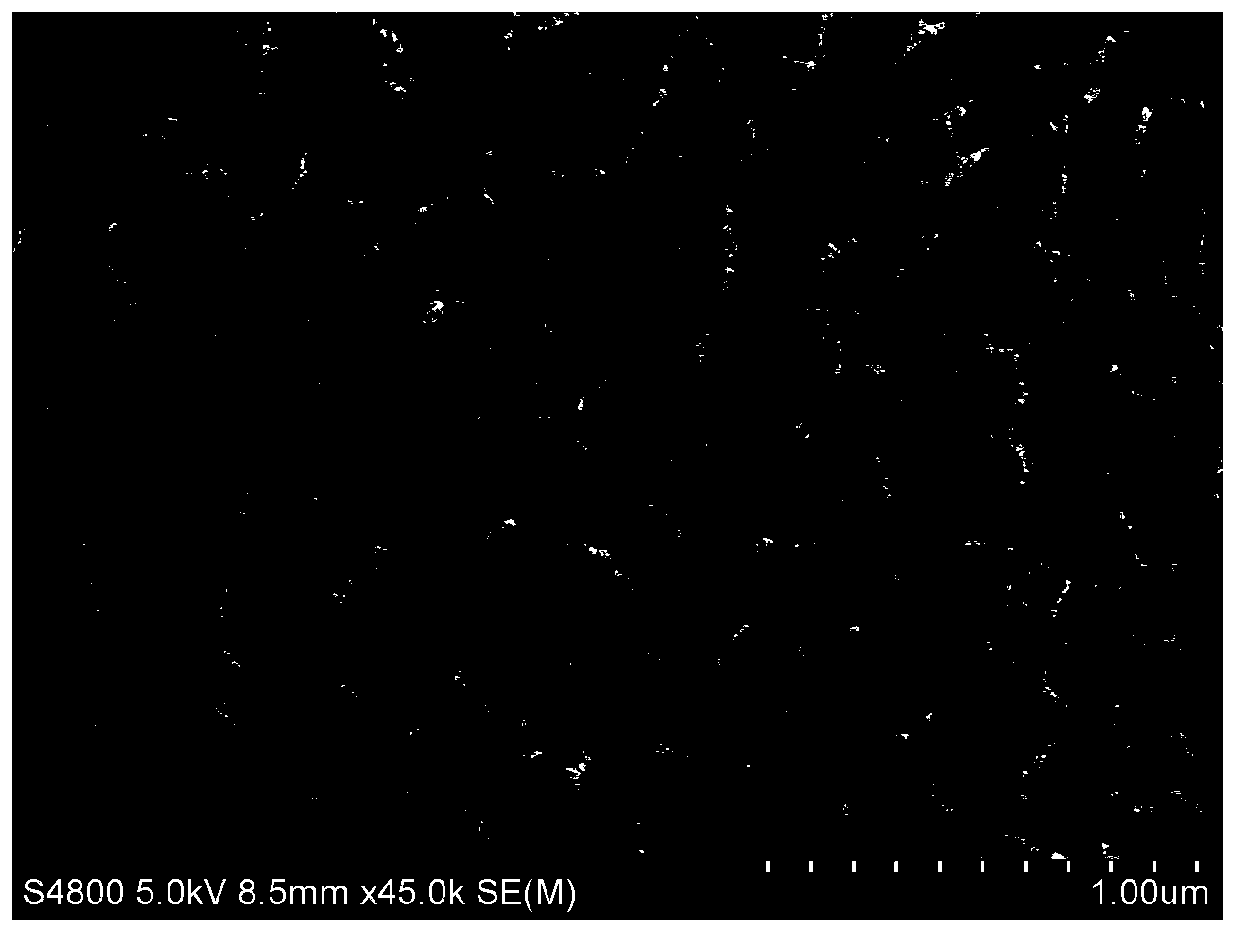Preparation method of novel enteromorpha-based carbon material
A technology of carbon materials and carbon-based materials, applied in separation methods, chemical instruments and methods, and other chemical processes, can solve problems such as Enteromorpha pollution and achieve the effect of increasing HHV value
- Summary
- Abstract
- Description
- Claims
- Application Information
AI Technical Summary
Problems solved by technology
Method used
Image
Examples
Embodiment 1
[0024] Mix 5g of Enteromorpha with 75mL of water, stir evenly, then transfer to a 150mL polytetrafluoroethylene reactor, heat treatment at 180°C for 24h, and finally filter the obtained solution, wash with water and ethanol, and then in 100°C C under drying for 12h. The obtained sample was designated as EP-1. Through element content analysis, C is 48.60%, H is 4.95%, N is 3.35%, and S is 2.27%. The ash content is 18.7%.
[0025] According to HHV (MJ / Kg)=0.3383*C+1.422*(H-O / 8)=19.54MJ / Kg. Compared with the original 14.1MJ / Kg of Enteromorpha, it has been greatly improved. Therefore, the obtained Hydrochar can be used as a concentrated fuel, and at the same time, because the carbon is fixed, it can be used as a soil fertilizer. SEM image of EP-1 as figure 1 As shown, the surface layer of EP-1 is composed of many nanorod structures.
Embodiment 2
[0027] Mix enteromorpha, citric acid and water in a mass ratio of 5:1.25:75, stir evenly, then transfer to a 150mL polytetrafluoroethylene reactor, conduct hydrothermal treatment at 180°C for 24h, and finally filter the obtained solution , washed with water and ethanol, and then dried at 100° C. for 12 h. The obtained sample was designated as EP-2. Such as figure 2 As shown, the EP-2 sample has a large number of network structures.
Embodiment 3
[0029] Mix the EP-2 sample, KOH, and water at a mass ratio of 1:1:20, stir evenly, and then place it at 60°C for 1.5h. Continue to transfer to an oven to dry the water, and finally place the obtained Hydrochar / KOH composite sample in a tube furnace for carbonization and activation, using a temperature program of 2°C / min, and a fixed temperature at 600°C for 4h. The finally obtained sample was dissolved in 10% HF solution for 4 hours, filtered, washed and dried to obtain EP-3. Through elemental analysis, the C content of the EP-3 sample is 56.35%, the H content is 2.78%, and the N content is 2.58%. The EP-3 sample not only has a microporous structure, a mesoporous structure, but also a macroporous structure, and different pores are connected to each other to form a network structure. Such as image 3 shown. The specific surface area of EP-3 sample is 418m 2 / g,
[0030] Among them, the micropore specific surface area is 358m 2 / g, the total pore volume is 0.37cm 3 / g, th...
PUM
| Property | Measurement | Unit |
|---|---|---|
| Specific surface area | aaaaa | aaaaa |
| Specific surface area | aaaaa | aaaaa |
| Total pore volume | aaaaa | aaaaa |
Abstract
Description
Claims
Application Information
 Login to View More
Login to View More - R&D
- Intellectual Property
- Life Sciences
- Materials
- Tech Scout
- Unparalleled Data Quality
- Higher Quality Content
- 60% Fewer Hallucinations
Browse by: Latest US Patents, China's latest patents, Technical Efficacy Thesaurus, Application Domain, Technology Topic, Popular Technical Reports.
© 2025 PatSnap. All rights reserved.Legal|Privacy policy|Modern Slavery Act Transparency Statement|Sitemap|About US| Contact US: help@patsnap.com



